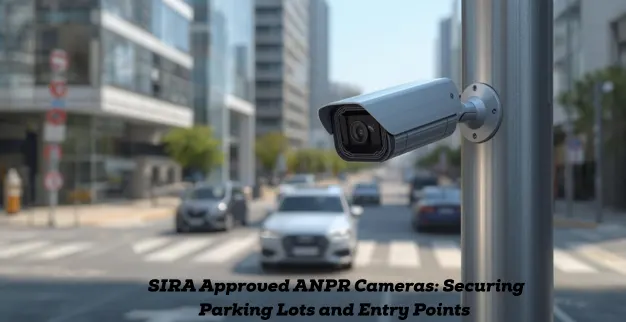Best Practices for Training Employees on CCTV System Usage
By: Ganesan D
19 Sep 2025
Category: CCTV Security
1. Explain the Purpose of CCTV
Why It Matters: Employees need to understand that CCTV is not just for surveillance, but also for safety, theft prevention, and compliance.
Tip: Clearly communicate that cameras are used to protect people, assets, and business operations—not to micromanage staff.
2. Provide Hands-On Demonstrations
Why It Matters: Reading manuals alone is not enough. Employees learn faster through practical sessions.
Tip: Conduct live demonstrations on accessing footage, switching camera views, and using playback functions.
3. Cover System Hardware and Software Basics
Why It Matters: Staff often interact with DVR/NVR devices and viewing software.
Tip: Train employees on powering systems, logging in, adjusting camera angles, and performing basic troubleshooting.
4. Emphasize Data Security and Privacy
Why It Matters: Mishandling CCTV footage can lead to privacy violations or legal issues.
Tip: Educate staff on data retention policies, password protection, and limiting access to authorized personnel only.
5. Establish Clear Access Levels
Why It Matters: Not every employee should have the same access.
Tip: Define roles—e.g., security staff can review footage, while managers may only receive reports. Implement multi-user access control.
6. Teach Incident Reporting Procedures
Why It Matters: CCTV is most useful when paired with proper reporting.
Tip: Train employees to log suspicious activity, extract relevant clips, and escalate issues to supervisors promptly.
7. Train for Emergency Situations
Why It Matters: During emergencies, employees must respond quickly and effectively.
Tip: Simulate scenarios such as theft, fire, or intrusion. Show staff how to mark, save, and share relevant footage immediately.
8. Conduct Regular Refresher Training
Why It Matters: CCTV systems evolve with software updates and hardware changes.
Tip: Schedule quarterly or annual refresher sessions to ensure employees stay updated on new features and policies.
9. Promote Ethical CCTV Usage
Why It Matters: Misuse of surveillance systems can damage trust and create legal risks.
Tip: Train employees to avoid unauthorized monitoring, tampering with footage, or using CCTV for personal reasons.
10. Monitor Training Effectiveness
Why It Matters: Training must deliver measurable improvements in system usage.
Tip: Assess staff through tests, feedback surveys, and observation of real-world practices to ensure learning goals are met.
Conclusion
Effective CCTV systems depend not only on technology, but also on well-trained employees. By explaining the purpose of CCTV, providing hands-on guidance, emphasizing security and ethics, and refreshing training regularly, businesses can maximize system efficiency while maintaining trust and compliance.



